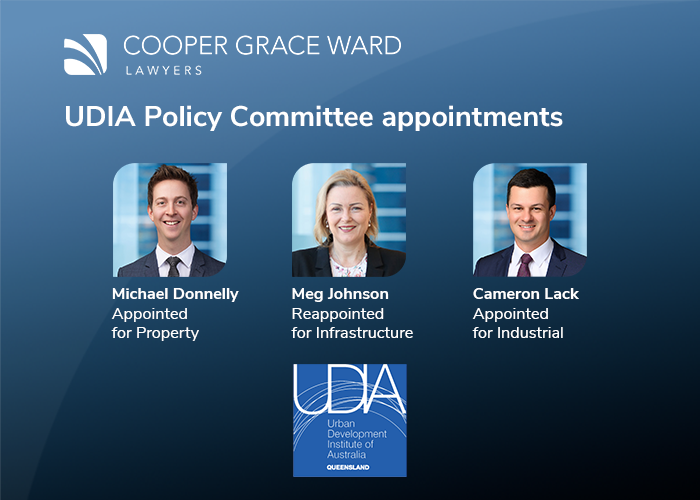Issues raised in a recently filed class action by Opal Tower residents have highlighted risks for governments and statutory authorities with regards to Public-Private Partnership (PPP) developments.
PPPs are an innovative way for governments to retain ownership and control of property while facilitating private development without bearing the burden of development-associated costs. The formulation and implementation of PPPs is inherently complex, and the intersection between transfer of risk and impact on value is often difficult for the parties to navigate – particularly as identifying prospective risks, and in turn quantifying them at bid stage, is no simple feat.
However, governments need to be careful when entering into such arrangements because they may be exposed and subject to litigation if the development is not carried out with the requisite due care and skill.
For example, the Opal Tower, a Sydney development, suffers from serious structural issues. A class action by unit holders of the tower has recently been filed in the New South Wales Supreme Court, alleging that the tower is not reasonably fit for occupation. Opal Tower was designed, built and developed by private entities, however the compensation claim has been filed against the Sydney Olympic Park Authority, the statutory body that manages the land upon which Opal Tower is built.
The Queensland Government, which often retains ownership of developed land, may be susceptible to similar litigation unless the liability and risk transfer has been dealt with appropriately at the outset of any PPP development.
Another key risk of PPPs is that, if the projected financial return for the private developer falls short, investors may seek to sue the government or statutory authority, as the more viable entity, for any misrepresentation it may have made regarding the financial return from the PPP. Recent cases demonstrate that the procurement structure needs to protect the government from such liability.
The nature of risk allocation in PPPs, however, is a more complex process than merely offloading as much liability to the developer as possible. Value for money is the key rationale for any PPP procurement. To ensure the best value for money in PPP developments, project risks should be allocated to the parties best able to manage them, thus minimising costs and improving performance. This is a complicated balancing act for governments and statutory authorities, and one that requires a strategic legal perspective.






